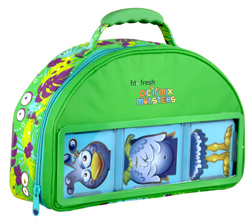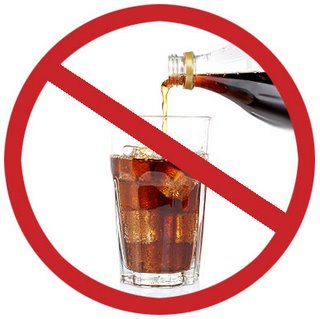 It is summer time and for most of us that means hot weather. What do your kids reach for to quench their thirst: soda, energy drinks, sports drinks, juice, milk or water? Most of the time all they need is water unless they have been exercising or sweating for prolonged periods of time in the heat. A sports drink can replenish the water and electrolytes lost from lots of sweating but for most kids, water will do after regular exercise.
It is summer time and for most of us that means hot weather. What do your kids reach for to quench their thirst: soda, energy drinks, sports drinks, juice, milk or water? Most of the time all they need is water unless they have been exercising or sweating for prolonged periods of time in the heat. A sports drink can replenish the water and electrolytes lost from lots of sweating but for most kids, water will do after regular exercise.
Many kids today reach for flavored water, energy drinks and sports drink on a regular basis throughout their day and younger children reach for juice and flavored milk instead. The Dietary Guidelines for Americans 2010 listed soda/energy drinks/sports drinks as the number one source of added sugar in a child’s diet today. On average, kids today drink 7.5 teaspoons of added sugar from these beverages. That may not seem like a lot at first glance but when you add that up it equals 56 cups of sugar a year from soda, energy drinks and sports drinks!
What is all this sugar doing to our children’s bodies? Children are at an increased risk of developing ADHD, autoimmune disease, cavities, certain cancers, candida, chronic Fatigue Syndrome and fibromyalgia, chronic sinusitis, decreased immune function, diabetes, heart disease, irritable bowel syndrome and spastic colon, metabolic syndrome, and obesity from taking in huge amounts of added sugar every year. Since sugary drinks are the number one source of added sugar in a child’s diet it makes sense to limit the amount that you give your child.
Children only need water to quench their thirst and remain hydrated throughout their day. How much water do they actually need? The following table lists minimum water requirements assuming that in addition to the water your child is also drinking 2-3 glasses of milk a day and ½ to 1 cup of juice too.
| Age of Child | Minimum* Water Requirements |
| 2-3 year | 1 ½ cups |
| 4-6 year | 2 cups |
| 7-8 year | 1 ½ cups |
| 9-13 year Boy | 4 cups |
| 9-13 year Girl | 3 cups |
| 14-18 year Boy | 7 cups |
| 14-18 year Girl | 4 cups |
* These are estimates of the minimum requirements for water. If your child is outside in hot weather, sick, exercising for prolonged periods of time, or is on certain medication they may need more. Let their thirst dictate how much they need.
In children who drink lots of sugary beverages, their taste buds have developed a preference for sweet tasting drinks over regular water. In order to turn this bad habit around, reduce their intake of sweet drinks by ¼ cup a day until they are drinking mostly water, up to one cup of juice a day and plain unflavored milk. Stay tuned for more on this as I am writing a book on sugar addiction in kids that will be coming out next year (2012).
Image Source: Project Swole
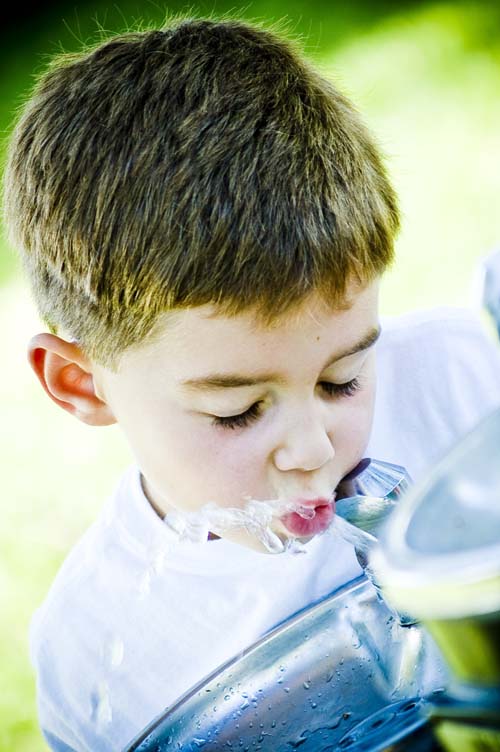
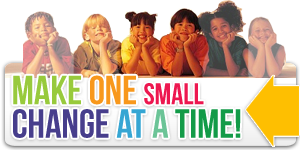

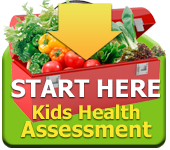
 Dr. Debbie Kennedy (Dr. Deb) is a pediatric nutritionist with 23 years of experience in the field. She has worked with both Yale and Columbia Universities, and has developed programs for some of the industry’s luminaries such as Dr. David Katz and Dr. Mehmet Oz.
Dr. Debbie Kennedy (Dr. Deb) is a pediatric nutritionist with 23 years of experience in the field. She has worked with both Yale and Columbia Universities, and has developed programs for some of the industry’s luminaries such as Dr. David Katz and Dr. Mehmet Oz. 